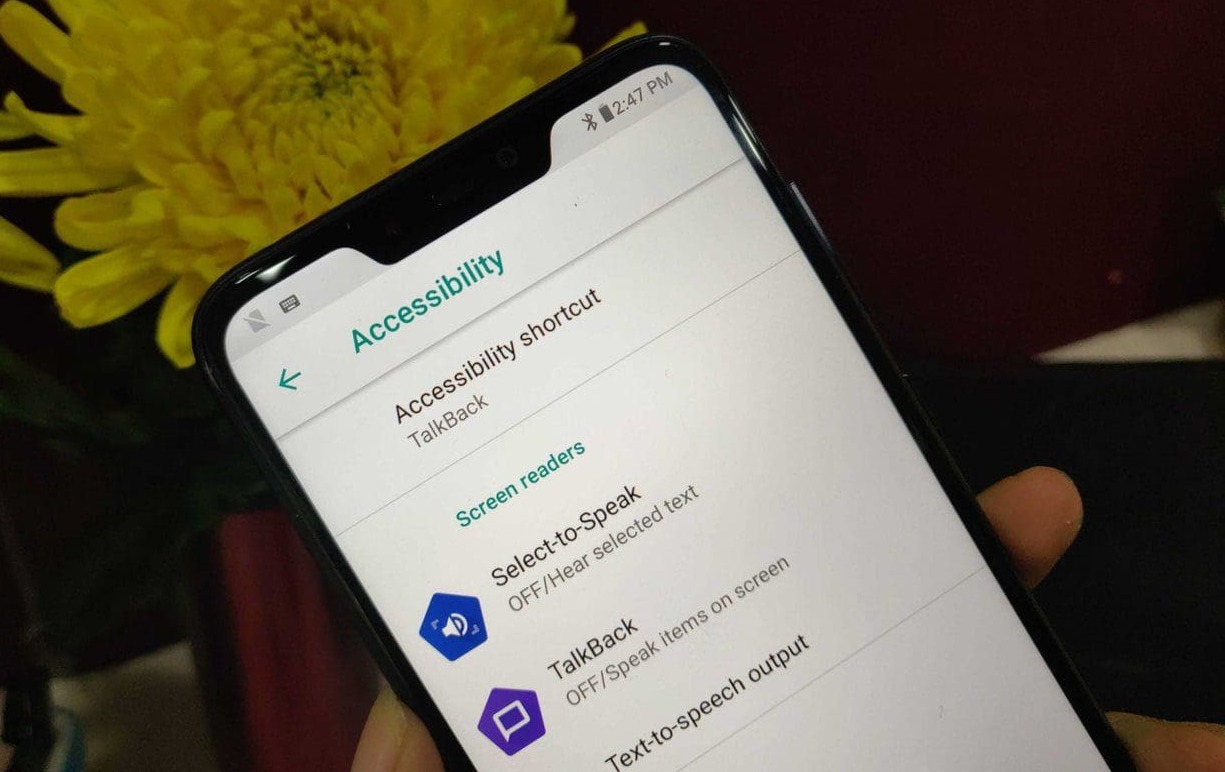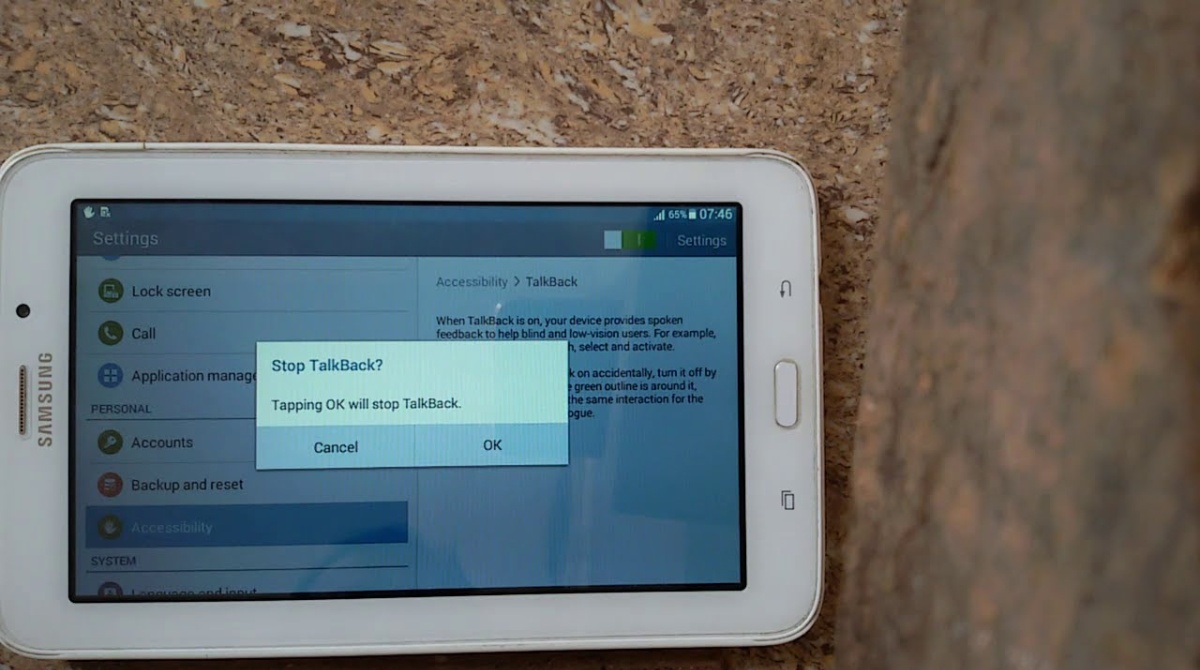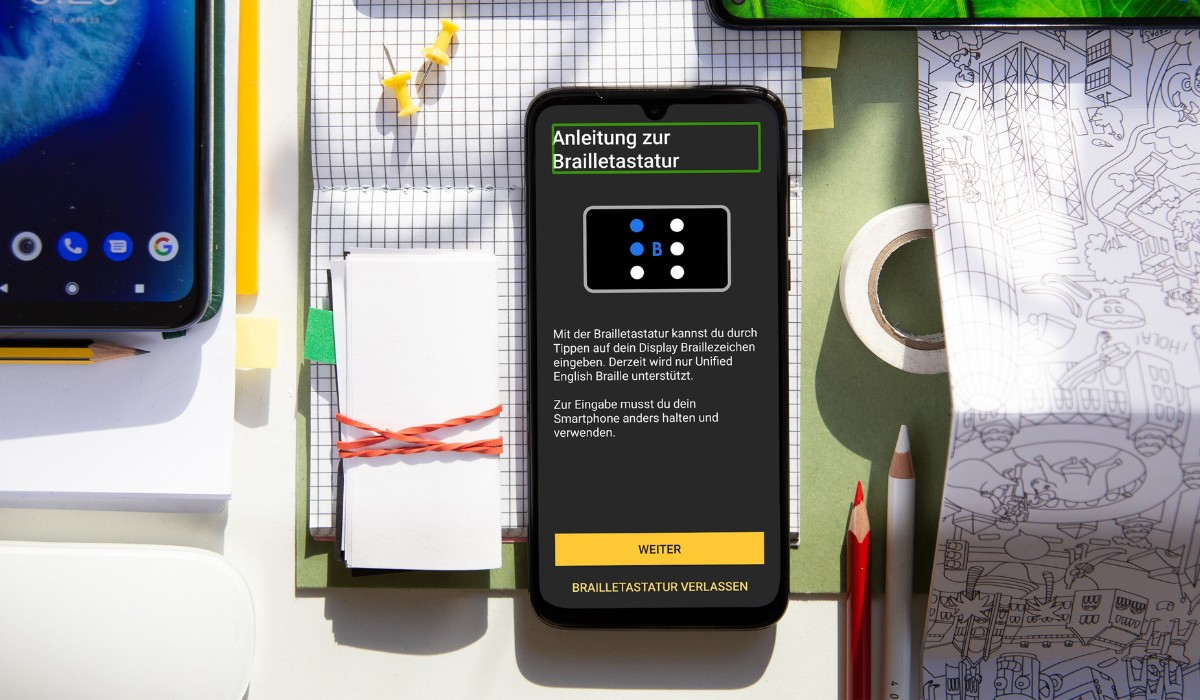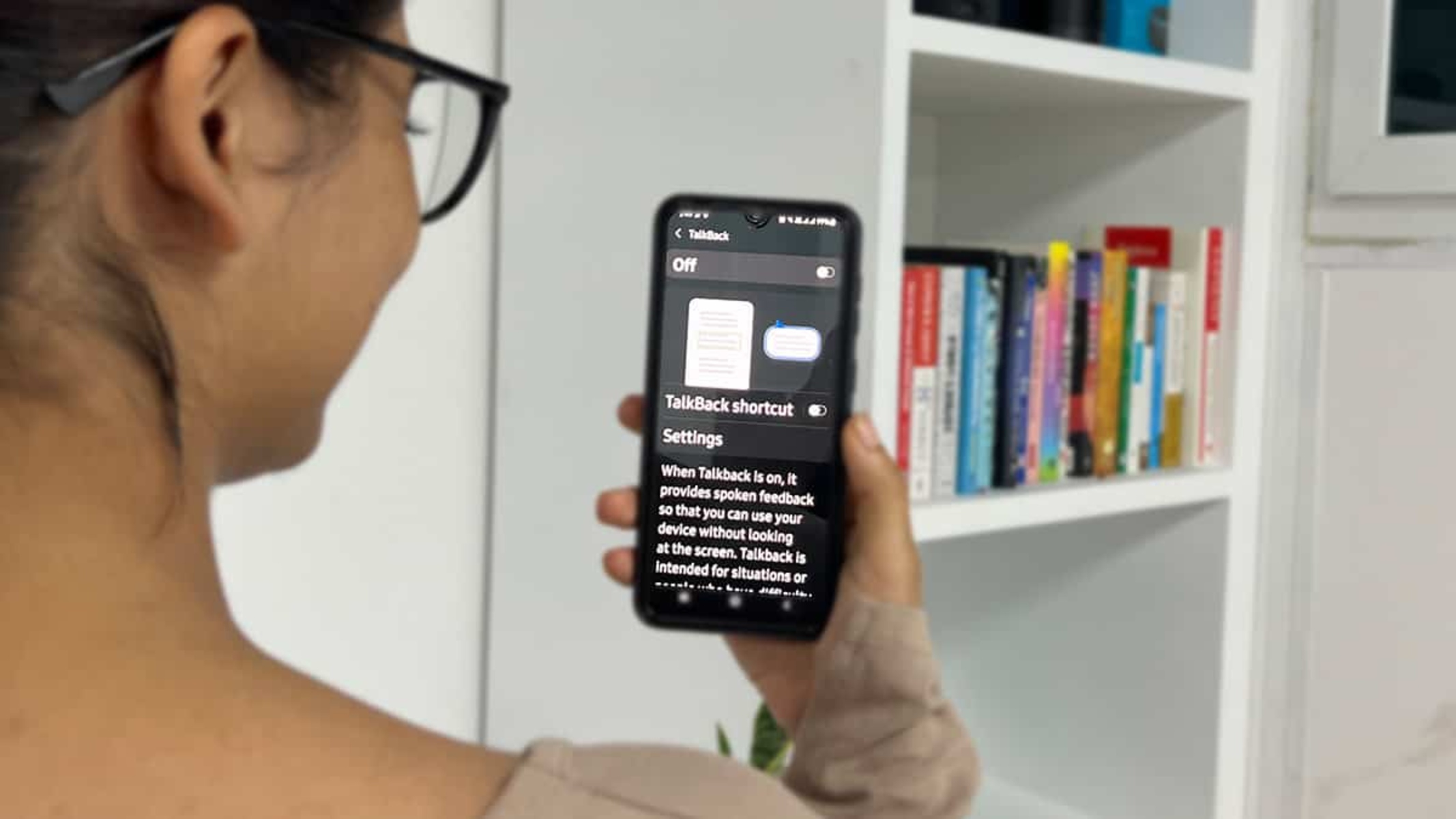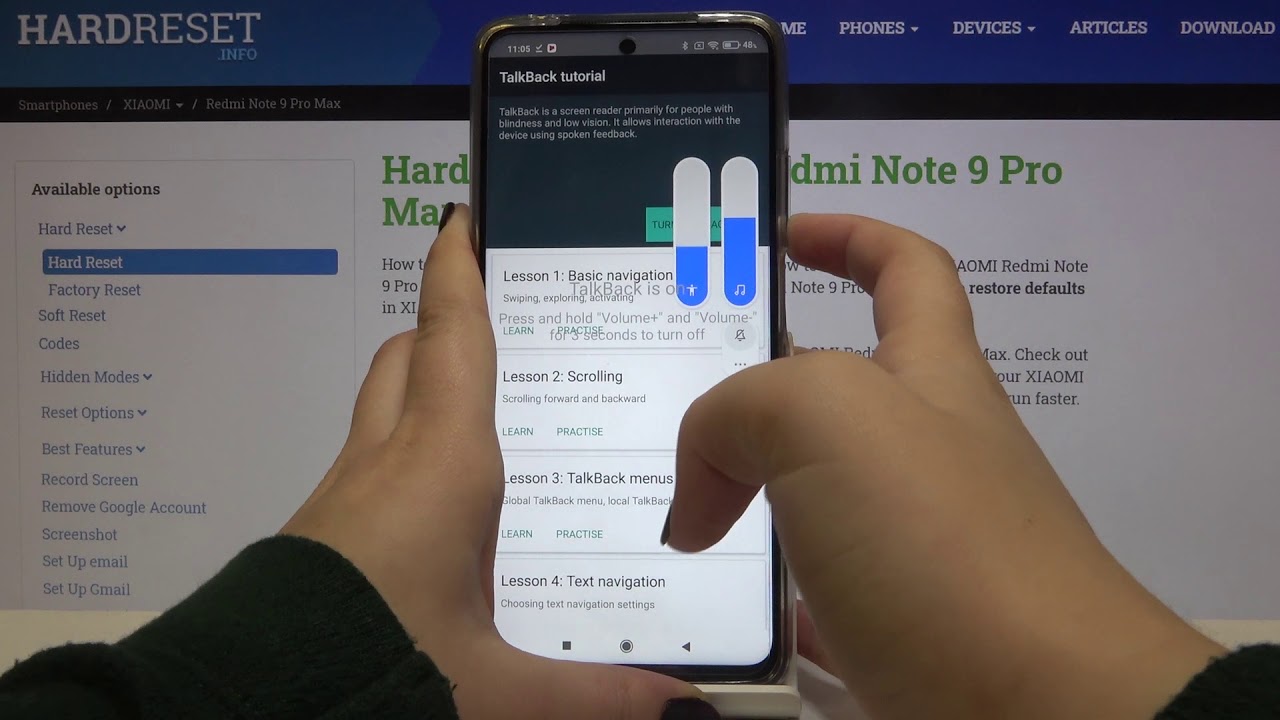Introduction
Disabling Talkback on your Google Pixel 5 is a straightforward process that can significantly enhance your user experience. Talkback is an accessibility feature designed to assist users with visual impairments by providing spoken feedback and navigation cues. While this feature is invaluable for many individuals, it may not be necessary for all users. If you find that Talkback is activated on your device and you do not require its functionality, you can easily disable it by following a few simple steps.
By deactivating Talkback, you can streamline your interactions with your Google Pixel 5, ensuring that the device operates according to your preferences. This can lead to a smoother and more efficient user experience, allowing you to fully enjoy the capabilities of your smartphone without the additional layer of accessibility features.
In the following sections, we will guide you through the process of disabling Talkback on your Google Pixel 5. By following these quick and easy steps, you can regain full control of your device's interface and eliminate any potential disruptions caused by the Talkback feature. Whether you are a new user exploring the accessibility settings on your device or someone who inadvertently activated Talkback, this guide will provide you with the necessary instructions to seamlessly turn off this feature and optimize your user experience.
Step 1: Accessing the Accessibility Menu
Accessing the Accessibility Menu on your Google Pixel 5 is the initial step towards disabling the Talkback feature. The Accessibility Menu houses a range of features designed to enhance the usability of the device for individuals with various needs, including visual, auditory, and motor impairments. To access this menu, follow the steps outlined below:
-
Unlock Your Device: Begin by unlocking your Google Pixel 5 using your preferred method, such as entering your PIN, pattern, or using the fingerprint sensor.
-
Navigate to Settings: Once your device is unlocked, locate and tap the "Settings" app on your home screen or in the app drawer. The Settings app is represented by a gear icon and is where you can customize various aspects of your device's functionality.
-
Locate Accessibility Settings: Within the Settings menu, scroll down and tap on the "Accessibility" option. This will open a submenu containing a variety of accessibility features and settings that can be customized to suit your preferences and requirements.
-
Explore Accessibility Features: Upon entering the Accessibility menu, take a moment to explore the different features available. This menu provides access to a wide range of options, including Talkback, magnification gestures, color inversion, and more. These features are designed to cater to diverse user needs, ensuring that the device is accessible and functional for all users.
By following these steps, you will successfully access the Accessibility Menu on your Google Pixel 5, laying the groundwork for the subsequent steps involved in disabling the Talkback feature. This initial access point allows you to delve into the device's accessibility settings, empowering you to customize the user experience according to your specific requirements and preferences.
Step 2: Turning Off Talkback
After accessing the Accessibility Menu on your Google Pixel 5, the next crucial step is to turn off the Talkback feature. Talkback is designed to provide spoken feedback and navigation assistance for users with visual impairments, ensuring that they can interact with their devices effectively. However, if you find that Talkback is activated and you do not require its functionality, you can easily disable it by following the steps outlined below:
-
Locate Talkback: Within the Accessibility Menu, scroll through the list of features until you find the "Talkback" option. This feature is typically represented by an icon or label, making it easily identifiable within the menu.
-
Access Talkback Settings: Once you have located the Talkback feature, tap on it to access its settings. This will allow you to modify the Talkback configuration and ultimately disable the feature.
-
Turn Off Talkback: Within the Talkback settings, you will find an option to toggle the feature on or off. To disable Talkback, simply tap the toggle switch to turn it off. This action will deactivate the Talkback feature, ceasing the spoken feedback and navigation cues provided by the feature.
-
Confirm Deactivation: Upon turning off Talkback, you may be prompted to confirm the deactivation of the feature. This confirmation step ensures that you are intentionally disabling Talkback and prevents accidental modifications to your accessibility settings.
By following these steps, you can effectively turn off the Talkback feature on your Google Pixel 5. Once disabled, Talkback will no longer provide spoken feedback or navigation assistance, allowing you to interact with your device according to your preferences and requirements. This straightforward process empowers you to customize the accessibility features of your device, ensuring that it aligns with your individual needs and enhances your overall user experience.
Step 3: Confirming the Deactivation
Upon turning off the Talkback feature on your Google Pixel 5, it is essential to confirm the deactivation to ensure that the changes to your accessibility settings are intentional. This confirmation step serves as a safeguard against inadvertent modifications and provides you with the opportunity to verify that Talkback has been successfully disabled.
After toggling the Talkback feature to the off position, you may encounter a prompt seeking confirmation of the deactivation. This confirmation dialog typically appears to confirm that you indeed intend to disable Talkback. It is important to carefully review this prompt to ensure that the desired action is being carried out.
When prompted to confirm the deactivation of Talkback, you will typically be presented with an option to confirm or cancel the action. To proceed with the deactivation, you can select the confirmation option, affirming your decision to disable Talkback. This simple yet crucial step ensures that the changes to your accessibility settings are deliberate and align with your user preferences.
By confirming the deactivation of Talkback, you can rest assured that the feature has been successfully turned off, and any spoken feedback or navigation cues provided by Talkback will no longer be active on your device. This confirmation process adds an extra layer of assurance, allowing you to actively manage and customize the accessibility features of your Google Pixel 5 according to your specific needs.
Upon confirming the deactivation of Talkback, you have effectively completed the process of disabling this accessibility feature on your device. With Talkback turned off, you can enjoy a streamlined user experience tailored to your preferences, free from the spoken feedback and navigation assistance provided by the Talkback feature. This final confirmation step solidifies the changes made to your accessibility settings, ensuring that your device operates in a manner that best suits your individual requirements.
Conclusion
In conclusion, the process of disabling Talkback on your Google Pixel 5 is a simple yet impactful endeavor that empowers you to customize your device's accessibility features according to your specific needs. By following the quick and easy steps outlined in this guide, you can seamlessly navigate the Accessibility Menu, turn off Talkback, and confirm the deactivation, ultimately enhancing your user experience and streamlining your interactions with your smartphone.
Disabling Talkback allows you to regain full control of your device's interface, eliminating any potential disruptions caused by the spoken feedback and navigation cues provided by the feature. This not only streamlines the user experience for individuals who do not require the assistance of Talkback but also ensures that the device operates in a manner that aligns with their preferences and requirements.
By accessing the Accessibility Menu and navigating to the Talkback settings, you can actively manage the accessibility features of your Google Pixel 5, ensuring that the device caters to diverse user needs. This level of customization empowers users to tailor their smartphone experience, creating an environment that is conducive to their individual preferences and usability requirements.
Furthermore, the confirmation step following the deactivation of Talkback serves as a safeguard against inadvertent modifications, providing users with the opportunity to verify and affirm their decision to disable the feature. This additional layer of assurance ensures that the changes made to the accessibility settings are deliberate and align with the user's preferences, instilling confidence in the customization process.
Ultimately, by disabling Talkback on your Google Pixel 5, you can enjoy a streamlined and efficient user experience that is tailored to your specific needs. Whether you are a new user exploring the accessibility settings on your device or someone who inadvertently activated Talkback, this guide equips you with the necessary instructions to seamlessly turn off this feature and optimize your user experience.
In essence, the ability to customize the accessibility features of your Google Pixel 5 empowers you to create a smartphone experience that is inclusive, user-friendly, and aligned with your individual requirements. Disabling Talkback is a testament to the device's adaptability and the user's autonomy, ensuring that the smartphone serves as a versatile and accommodating tool for individuals with diverse needs and preferences.








